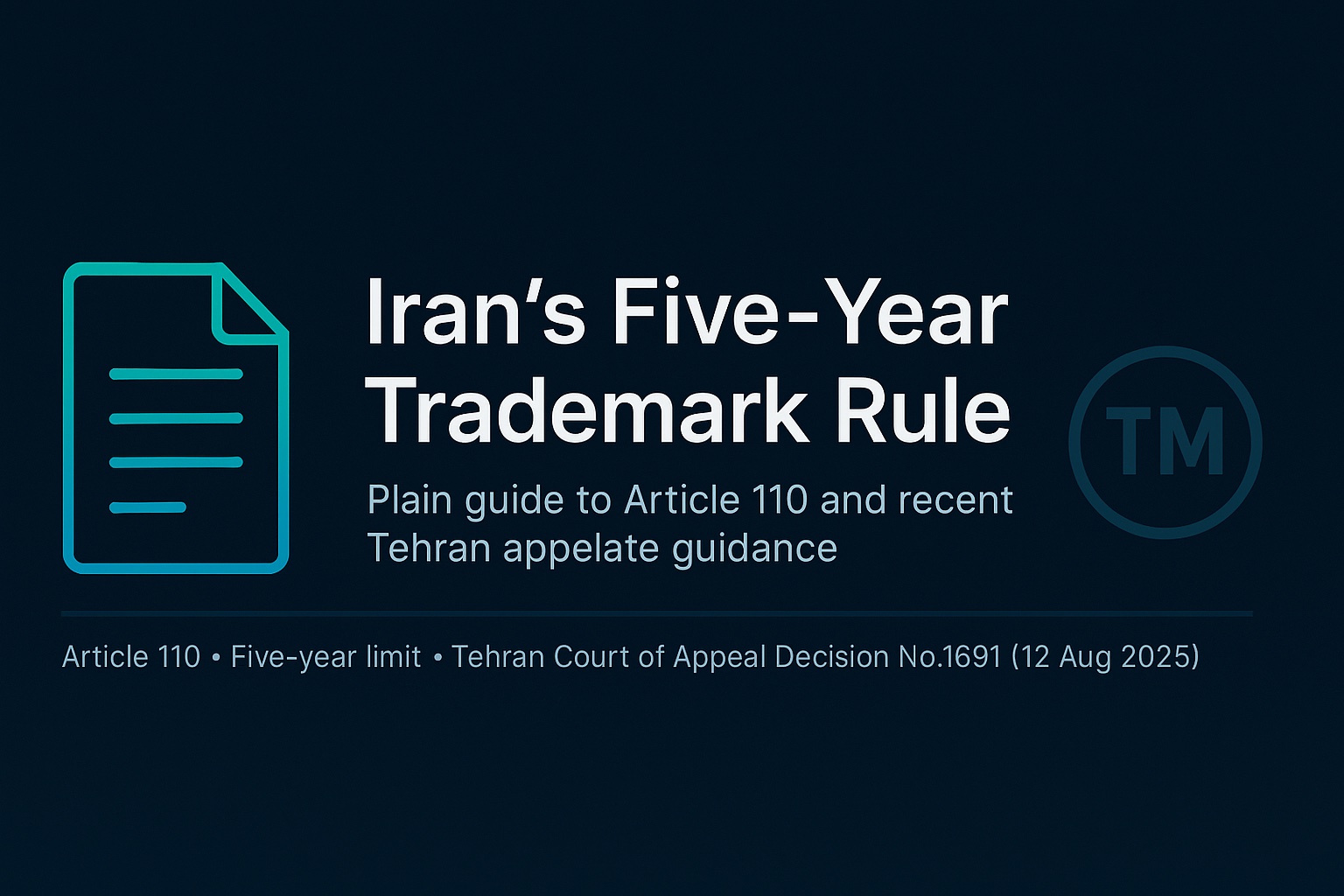
The five-year rule: Iran’s new industrial-property law and trademark invalidation
Overview
Iran’s Law on the Protection of Industrial Property (effective July 2025) broadened IP protection by adding utility models, trade-secret protection and unfair-competition law. But Article 110 — which creates a five-year limitation for asking a court to invalidate a registered trademark — raised an important practical question: what about marks registered before the new law took effect?
What Article 110 says
Article 110 lets any interested person ask a court to invalidate a trademark, but only within five years from the mark’s registration. In short: after five years, a registration is normally safe from an invalidation claim. The Article’s Note lists exceptions. The most important exception: the time limit does not apply if the registrant knew another party had already been using the mark when they registered it.
What changed from the old law
Under the 2007 Law there was no time limit: anyone could seek invalidation at any time. The new five-year rule therefore raises a straightforward legal problem: does the new time limit apply only to trademarks registered after the new law took effect (a prospective rule), or does it also cut off challenges to older registrations (a retrospective effect)?
The legal tension
Two principles point different ways:
-
Protect vested rights. If people already had a legal right to bring invalidation claims under the old law, it is generally unfair and legally suspect to wipe that right out by a new procedural limit unless the legislature says so clearly.
-
Textual reading. A plain reading of a new limitation period can be read to apply to all registrations unless the statute contains a saving clause.
Practical outcome depends on which principle a court follows.
What the courts have done so far
Court of Appeal (Tenth Chamber) took the opposite view. The court held that invalidation based on the 2007 Law remain available at any time and are not subject to the new five-year bar. In short, the Court of Appeal preserved the pre-existing right to sue and rejected the idea that the new limitation retroactively extinguishes that right.
Practical implications
For now, pre-law registrations can still be challenged in light of the Court of Appeal’s ruling. The appellate decision favors protecting existing legal remedies over a strict, retroactive cut-off.


